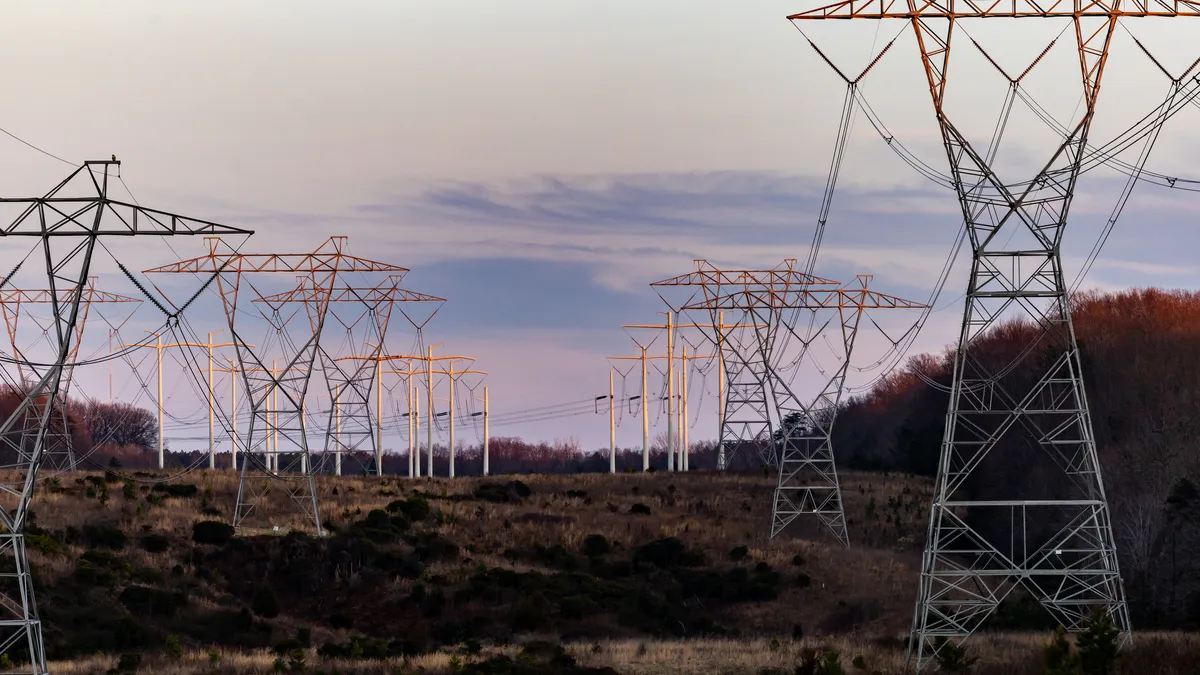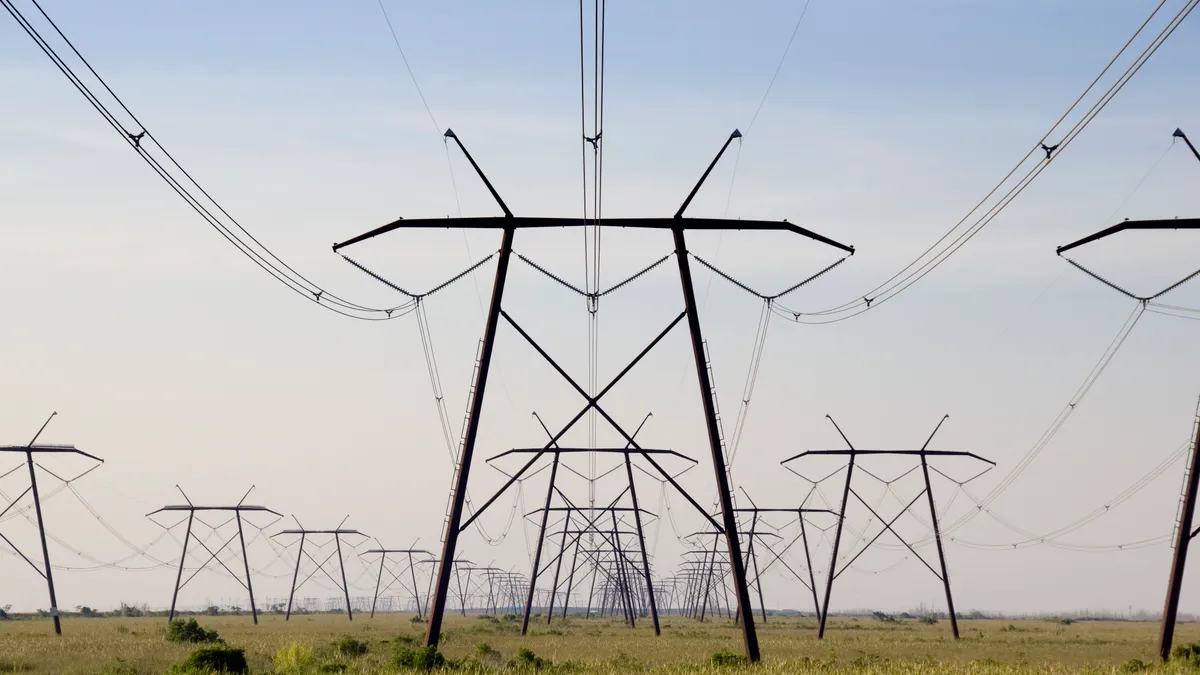Sophia Ahmed is a policy analyst at the Natural Resources Defense Council.
Climate change has been unleashing devastation across the globe. July was the world’s hottest month on record. Cities from Phoenix to Beijing struggle under deadly heat waves that were “virtually impossible” before we loaded the atmosphere with carbon pollution. Unprecedented wildfires in Canada threw U.S. cities into an apocalyptic haze, and extraordinary flooding sent Vermont residents canoeing down the streets of Montpelier.
We need to cut carbon emissions, and power plants are one of our biggest emitters. For years, Environmental Protection Agency standards have cleaned up other pollutants that cause soot and smog. Now it’s time it regulates climate pollution as well. Building on the historic incentives enacted by Congress in the Inflation Reduction Act, the EPA has proposed standards to limit power plants’ carbon emissions. If finalized, these rules would mandate that certain coal and gas-fired power plants install technologies to curb their pollution.
Some in industry have opened their tired playbook and claim EPA’s rules will be too onerous and too expensive. In addition to attacking the standards themselves, these critics downplay the good to come from the Inflation Reduction Act, which offers power companies handsome incentives to clean up their carbon emissions.
The U.S. Chamber of Commerce, acting on behalf of its fossil fuel members, is leading the attacks on EPA’s projection of the emission reductions from industry trends and the IRA incentives. The Chamber argues that the IRA will not be as impactful as projected, therefore shifting the heavy-lifting and costs to the power plant regulations. This is a well-worn tactic the Chamber has used in the past. It was wrong then and it’s wrong now.
EPA’s clean energy assumptions are conservative
In the IRA, Congress instructed EPA to assess the impact of the law’s incentives on the buildout of clean energy and on carbon emissions. Congress also instructed EPA to work from that assessment when developing the next round of Clean Air Act standards, serving as a baseline to assess the benefits and costs.
While the future is, by its nature, uncertain, EPA’s baseline assessment is, if anything, conservative. EPA’s IRA projections are less bullish than many other institutions’ assessments, predicting less renewables growth, fewer new transmission lines, and more coal remaining on the grid than other models. It is also well aligned with the clean energy growth and power sector trends already seen today.
EPA’s projections are less bullish than other assessments
EPA’s baseline with the significant incentives for solar, wind and other clean energy found in the IRA projects that 472 GW of wind and solar will be installed by 2030. This is more than 50% below the average (including EPA’s model) of nine separate analyses published in the journal Science. That difference is equal to about 746,875,000 solar panels or 79,587 wind turbines.
Transmission constraints are another factor that may have limited EPA’s renewables projections. Under EPA’s model, the transmission system grows by less than 5% in total by 2035 compared to 2021; other analyses say it could be five times that rate. And historically, the U.S. has increased its transmission capacity by 2% a year on average.
Additionally, EPA’s assessment did not consider various emerging technologies that could become viable over the coming years or decade, including long-duration storage, flow batteries and small modular reactors. Their lack of inclusion in the model reinforces the conservative constraints used by EPA.
EPA's projection aligns with real-world trends
Not only is EPA’s baseline reasonable compared to other models, it is also reasonable when compared to real-world trends.
Even before the Inflation Reduction Act, the electric power industry was moving toward solar and wind power. In 2021, 28.5 GW of solar and wind were installed, nearly four times the next largest addition of 7.3 GW of new gas. Another 35.2 GW of projects could be added this year. The average annual renewable additions in EPA’s baseline through 2030 is 33 GW — barely an increase at all from real-world trends.
EPA projects clean energy growth rates will increase by the middle of the next decade, and that’s entirely consistent with the new domestic manufacturing investments we are already seeing, in part boosted by incentives included in the IRA. More than 40 projects have been announced across the solar manufacturing supply chain since August 2022 when the IRA passed Congress. The effects of these investments are not fully captured by EPA’s baseline.
And in the past, we have seen that change can happen quickly in the power sector when economics shift. From the period of 1990-1999, the United States added 28 GW total of natural gas combined cycle plants, an average of 2.8 GW per year. Then, with falling natural gas prices, 41 GW of gas plants were built in 2003 alone, more than 14 times the previous decade’s annual average. Notably, the amount of gas additions in 2003 is similar in scope to the peak annual renewable capacity additions of 44 GW projected to occur by the mid-2030s in EPA’s modeling.
The Chamber also complains that EPA is ignoring the impact of other regulations. But that’s just incorrect: EPA’s model, as it has always done, reflects the current policy environment, including the impact of any finalized rules or existing legislation like EPA’s Good Neighbor Plan and the finalized car and truck standards. As a best practice, EPA — and other agencies and academics — don't include proposed rules or legislation that haven’t yet been passed or finalized because the baseline should reflect only existing laws and regulations on the books today.
Enough is enough
Will the future happen exactly the way EPA’s model predicts? Of course not. But history and outside analyses make its assumptions entirely reasonable. EPA has been modeling its rules for decades. In case after case, industry has complained that the rules would be more costly than predicted. But, in fact, the costs are typically much, much less than EPA anticipated. That will almost certainly be the case this time as well. Tired old arguments must not delay these long overdue standards.


















